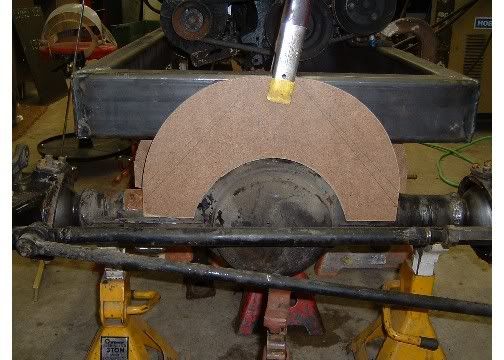Cidertom
Gold Member
- Joined
- Dec 14, 2005
- Messages
- 478
- Location
- Benton Co Oregon
- Tractor
- JD 4520, 2305 Aktive snow-trac ST4
About the driveline angle. For slow speeds, 27 isn't that much out of the envelope. But...
U joints are not constant velocity. If you drive a shaft at a constant velocity and vary the angle of the U joint you will see a variation (depending on the angle) in instantaneous speed of the driven shaft. The effect will be a speeding up and slowing down at the rate of twice the shaft speed. This sets you up for vibration and increased loading on the gears. If the second U joint had the same angle and the knuckles are aligned properly they will cancel each other producing mostly a constant speed to the differential.
27 degrees would be out of my comfort zone, I would try to get it under 20.
U joints are not constant velocity. If you drive a shaft at a constant velocity and vary the angle of the U joint you will see a variation (depending on the angle) in instantaneous speed of the driven shaft. The effect will be a speeding up and slowing down at the rate of twice the shaft speed. This sets you up for vibration and increased loading on the gears. If the second U joint had the same angle and the knuckles are aligned properly they will cancel each other producing mostly a constant speed to the differential.
27 degrees would be out of my comfort zone, I would try to get it under 20.


